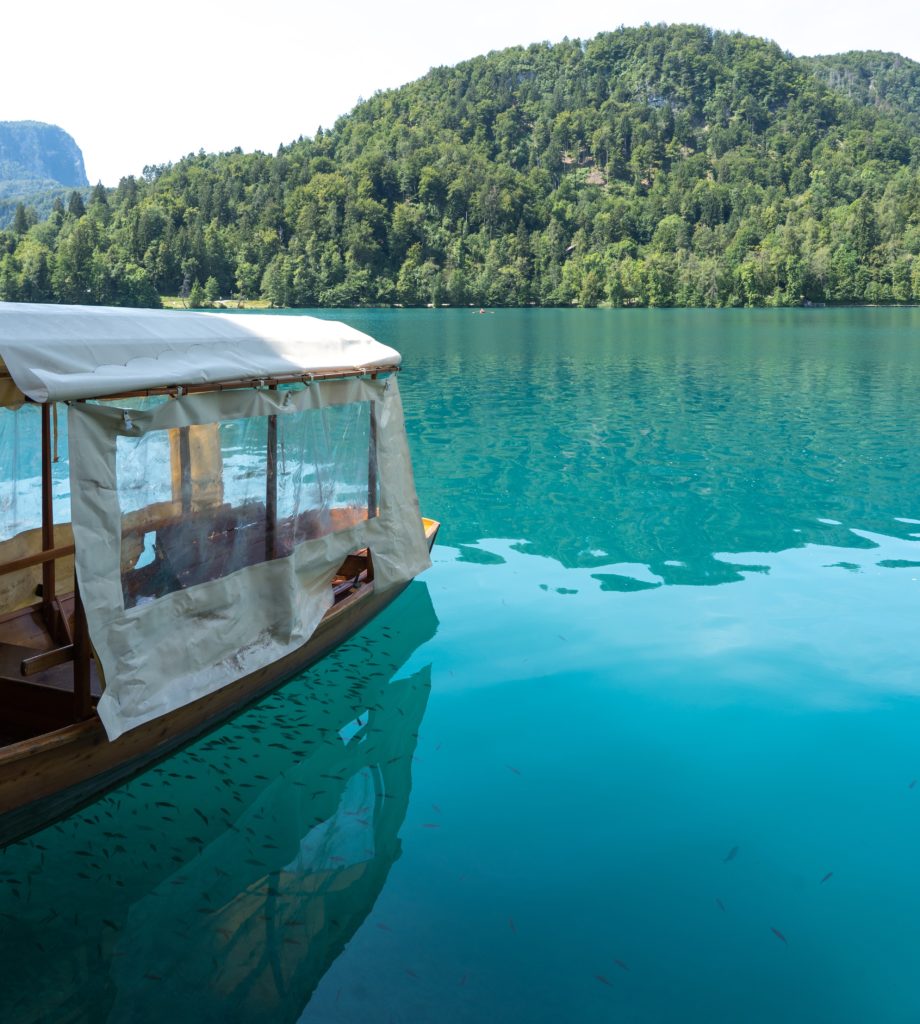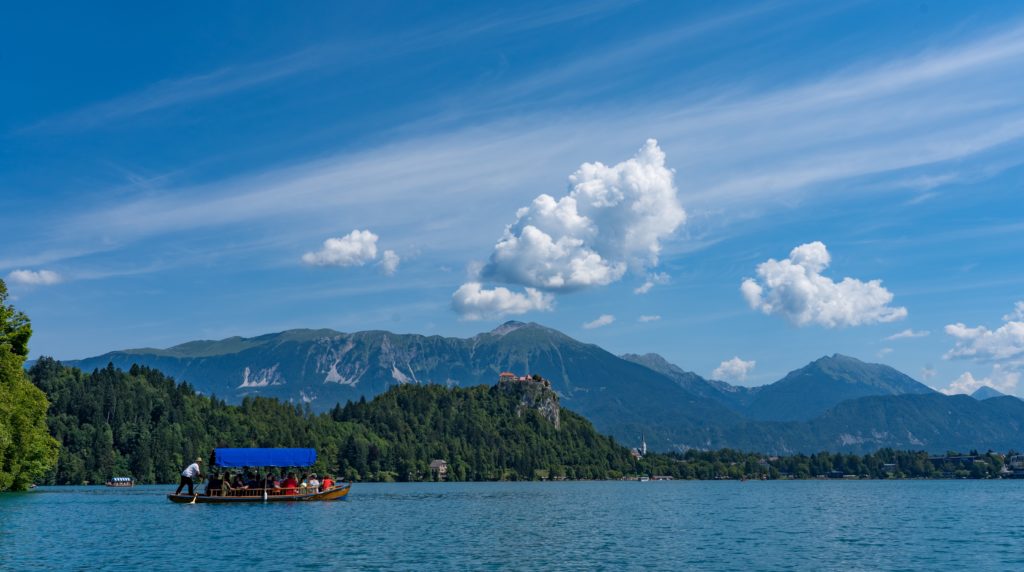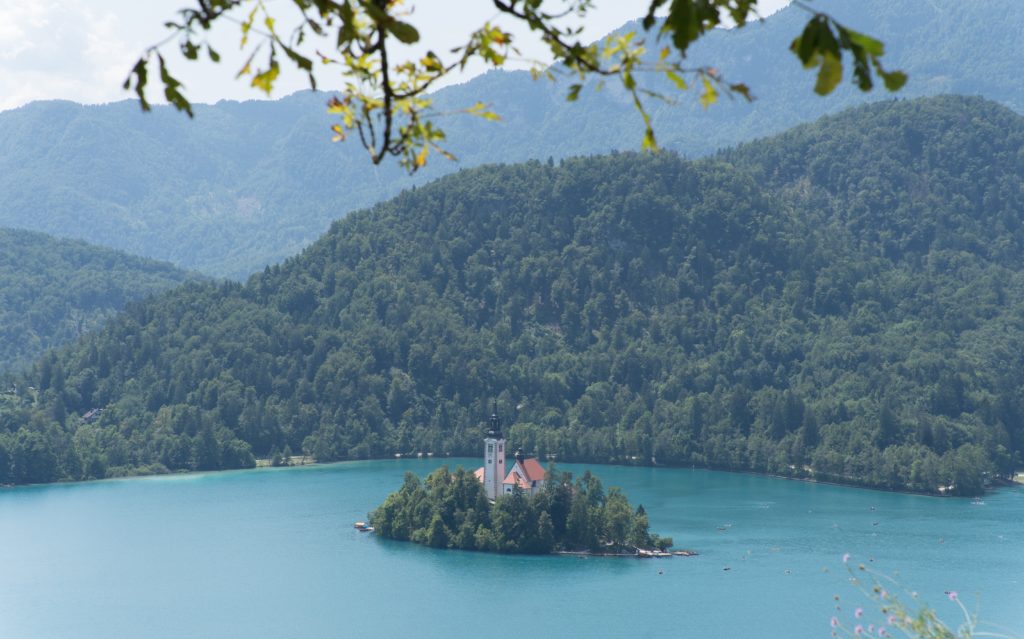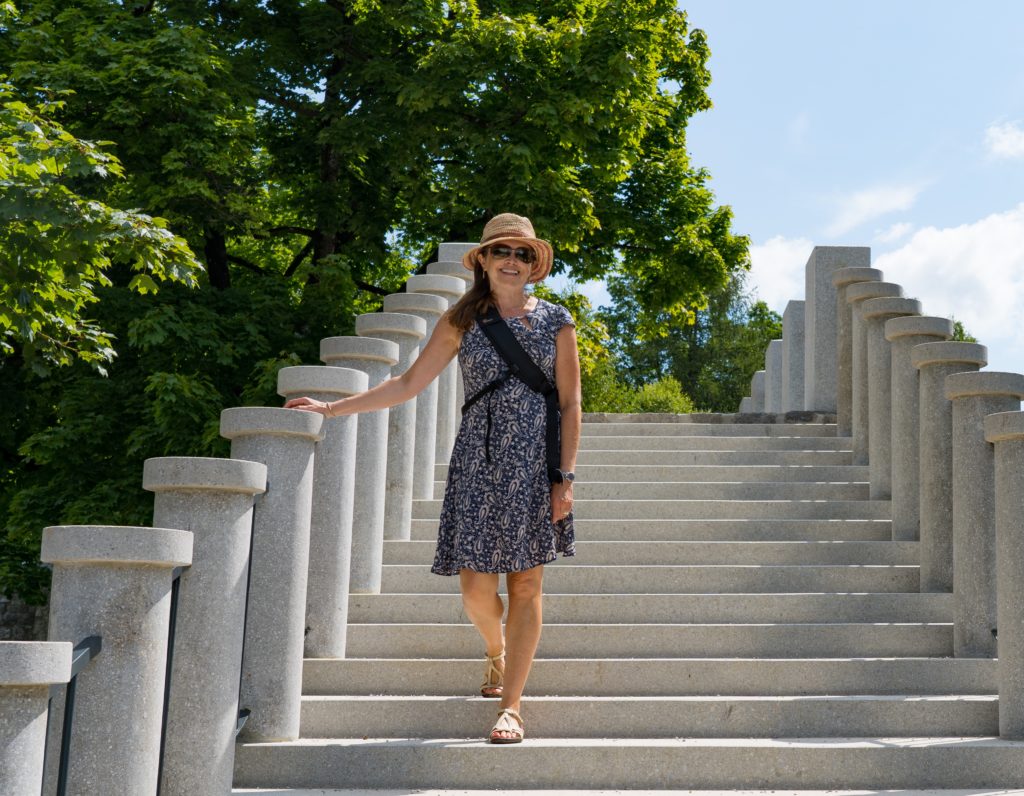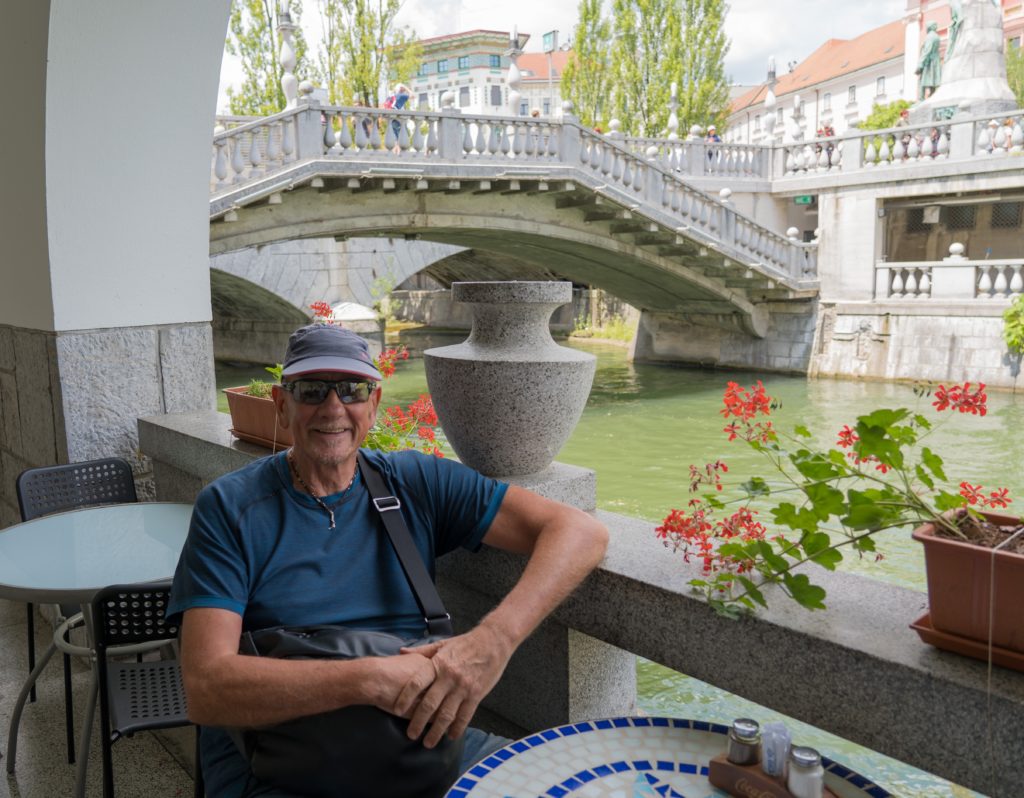Author: Mrs A
Location: Jervaulx, Richmond, East Witton and Middleham, Yorkshire, UK
Our accomodation was located beside an old 19th century house, Jervaulx Hall, which has the ruins of an old abbey on its land. Mr A, our friends John and Catriona and I had decided to take advantage of the fine weather to do a long walk, starting at Jervaulx abbey, just around the corner from where we were staying.

Substantial work has gone into ensuring the ruins are safe for visitors, given the abbey is privately owned and managed. The grounds are well cared for, giving a balance between sculpted lawns and natural wildflowers.



We did a fabulous walk, taking us across bridleways, footpaths, across styles and down quiet country lanes. The scenery changed all the time, ranging from green rolling hills with almost-too-perfect trees dotted throughout, through ancient woodland, across rivers and into little villages and past castles.








We’d walked about 17km before we reached Middleham Castle, a welcome sight given we hadn’t eaten breakfast and it was long past midday!


We found a suitable pub in the village which was still serving food, and ordered refreshments. There was a brief discussion about getting a taxi back, but we bravely pushed on.

We concluded our walk having clocked up 21km (13 miles) the longest we have hiked in a while, (but paling into insignificance when compared with some friends who are managing upwards of 30km daily). We all felt we deserved dinner at the local pub that evening.
Sunday was more of the Yorkshire weather we had expected, the clouds hanging low and grey. After a fine full English breakfast we all drove over to the nearby town of Richmond.

Richmond was founded in 1071 by the Normans who built a castle in the town – there are castles all the way up England built by William the Conqueror’s people – this within five years of the Battle of Hastings. The town built up around the castle and looks like it has changed little in that time…other than the cars – the town centre full on this Sunday afternoon. We wandered down to the river.






After the rain started we found shelter in a tea shop before a fun evening back at the apartment.
The sun returned for Monday, our final morning in Yorkshire. Catriona found a walk a short drive away in the village of Wensley.








It was just a 6.5km walk this time, a chance for some fresh air and to stretch the legs before we bid each other farewell and went our separate ways, John and Catriona going back to Nottinghamshire while we went further north into County Durham.
It was a fantastic three days in North Yorkshire, giving us a taster of the beautiful walks and scenery there. We loved the villages, the culture and endless miles of hiking options. This is one area we will definitely be back to visit.






















































































































































